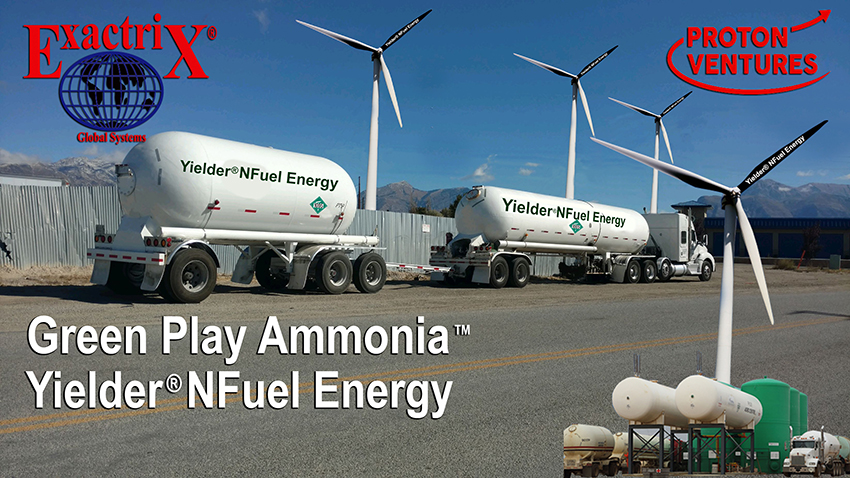Hydrogen is seen as the solution that will lead the transport sector into the future, even more so than electric cars. However, it seems to have remained an almost sure bet that was finally overtaken by something even better. This is the new ammonia engine, which reduces emissions by 90% and is almost frozen (now you will understand why we say this).
Legendary brand puts an end to EVs: the future is not hydrogen
Toyota has been one of the car companies leading the way in technology for use in energy for fuel to as a result emission reduction in vehicles. Against the backdrop of rapidly increasing popularity of sparkless fuel vehicles around the world, Toyota engineers concentrated efforts and resources on finding solutions.
Nonetheless, due to its higher price and absent hydrogen infrastructure, the widespread adoption has proved to be a significant obstacle. Through the reveal of a ammonia combustion engine this year, Toyota looks ahead to produce up to 90% emissions reduction compared to gasoline engines.
Ammonia does not uses any carbon; hence the produced result from the combustion is only nitrogen and water molecules. This ammonia engine, besides possessing exceptional environmental qualities, is based on the development of existing manufacturing capabilities and, in many cases, uses the existing distribution networks.
The newly developed turbocharged engine by Toyota and GAC is the 2.0 liter Turbocombustion engine specifically optimized for ammonia to work. A part of preliminary test demonstrated their stable operation and thermal efficiency that were very close level of these characteristics of engines practically without any emissions.
Could an ammonia engine work? What we know at the moment
The engines that are based on an ammonia source use ammonia (NH3) as a fuel instead of the hydrocarbons that make up gasolin or diesel. Ammonia is a compound of one nitrogen atom and three hydrogen atoms and it can be made to work in two-stroke spark-ignition engines by small modifications.
The mechanism of the ammonia engine operation and burning of ammonia fuel is quite similar to a traditional gasoline engine. Likewise, liquid fuel that contains ammonia is introduced into the combustion chamber, then compressed and then sparked by the spark plug.
In ammonia even there are differences with regard to combustion properties in comparison with gasoline. This type of fuel has a higher auto-ignition point hence it is more difficult to ignite and burns longer than the others. For the gas phase engine to work effectively, is necessary to use higher compression ratios.
At the same time when NOx can be emmitted to some extent, the combustion emits no carbon source due to lack of carbon in ammonia. In conclusion, ammonia can be used for engines which use combustion the will be familiar to gasoline engines.
2-liter concept and 123 kW of power: the new ammonia engine, at detail
The ammonia engine prototypes have shown performance abilities comparable to those usually attained only by gasoline engine. The 2.0 liter non-platine engine was tested by Toyota and GAC and it produced 123 kw/h of power and 300 Nm of torque.
Even though still at the early stage, much more could be still done to the system for further improvement. Due to continue undertaking of the studies, engineers expect the power/torque could get to heights similar to when top-performance gasoline engines ruled the market.
Regarding burn efficiency, compression ratio, and timing can be tuned for maximizing energy extraction from ammonia. Now, our goal is to create just the bare bones of an ammonia motor for demonstrating the feasibility of it. Since the improvement will, with time, become a set of useful features, performance will be magnified.
Who knows if this ammonia engine will end up being the historic milestone that the industry has wanted to set for years and that was foreseen with the electrics. After all, it could be the solution to minimize battery degradation, boost range and reduce charging time to minimum levels. In any case, let’s not forget that its production must also be green in order not to aggravate the problem.


